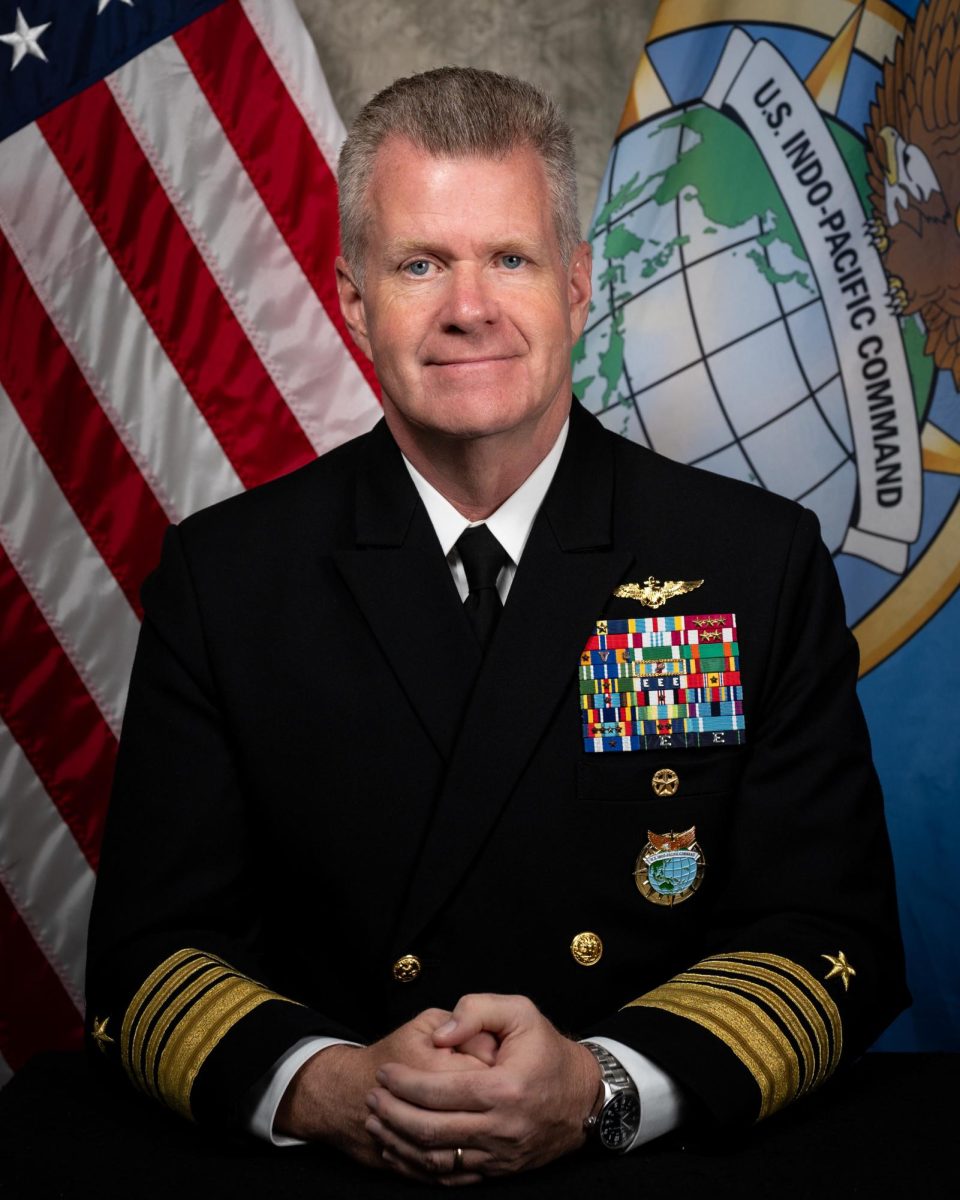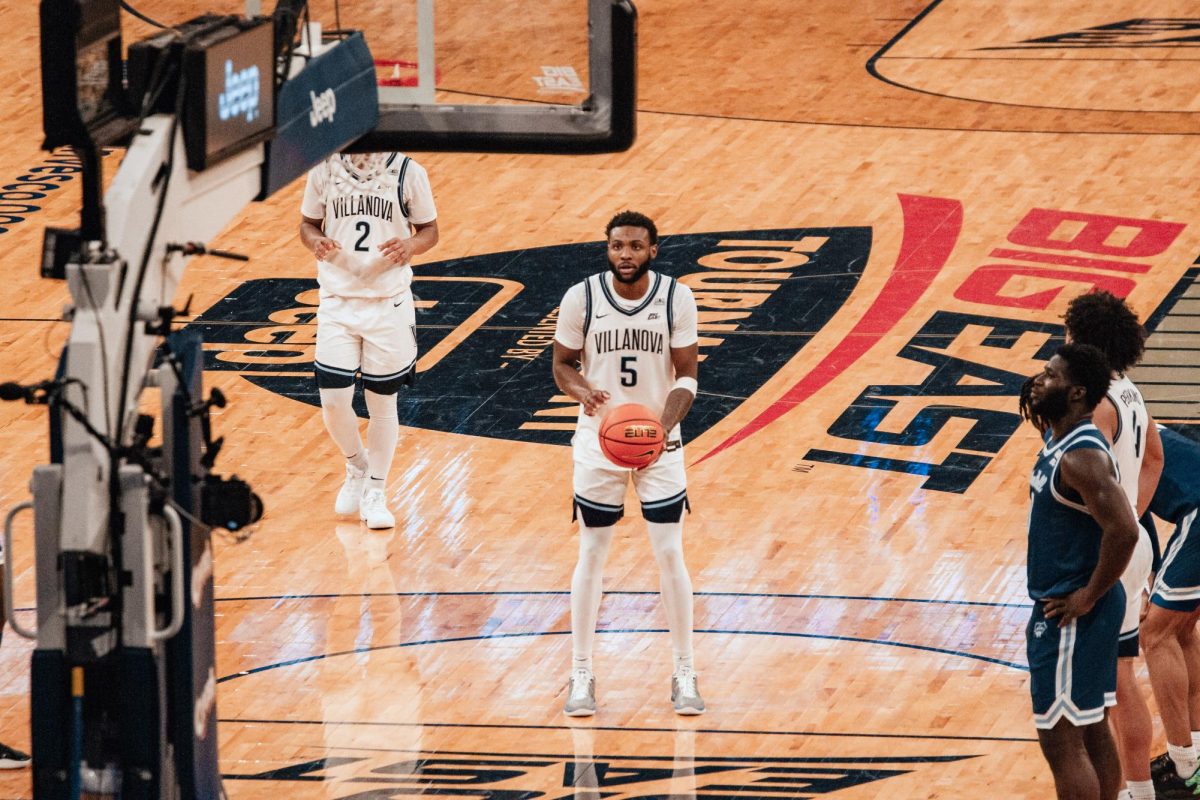On April 8, the Villanova community watched with bated breath as the renowned total solar eclipse rolled across campus greens. In a matter of minutes, the bright blue skies were blanketed with dark clouds. It is vital to understand what the eclipse specifically entailed, especially in terms of safety preparation. According to NASA, a “total solar eclipse happens when the Moon passes between the Sun and Earth, completely blocking the face of the Sun.” The last total eclipse was in 2021 and was only visible from Antarctica. As the next total eclipse will be in 40 years, the world was celebrating this viewing with great excitement and interest. People from all over the country took days off of work and school to drive to places that were guaranteed full coverage, including many locations in Ohio and Pennsylvania. Additionally, the eclipse caused a sharp increase in social media content, such as TikToks, Instagram posts and stories, tweets and Snapchat stories. College and high school students from across the nation were seen laying outside, using their backpacks as pillows with midterm grades in hand.
At Villanova, Falvey Library handed out various fun snacks, trinkets and special viewing glasses for the eclipse. Most students gathered on Mendel Lawn with blankets at the chance to have the clearest sight. It was exciting to wait for a rare natural event, especially with the rise in temperature. NASA predicted around 89% coverage in the suburbs of Philadelphia. However, when the clock hit 3:26 p.m., clouds covered people’s view of the eclipse. Within seconds, the eclipse had passed. The cloud coverage and growth in social media content provide an interesting debate: Was waiting for the eclipse worth it, or was it overrated?
While there was a lot of disappointment on campus, many Villanovans believed the eclipse to still be an incredible, “once-in-a-lifetime” event.
“I did not think the eclipse was overrated,” senior Maya McFadden said. “It was disappointing that it was too cloudy to see when it was at its peak, but it was super cool to be able to see it before and after when there was less cloud cover.”
Despite the cloud coverage, students were still able to take clear photographs before and after the eclipse, and it was a fun-filled afternoon.
“It was nice to be outside with the rest of the student body and get to experience it with friends,” McFadden said.
On the other hand, some Villanovans believe the eclipse to be overrated, as they were unable to view the eclipse because of the clouds and it lasted for a very short amount of time.
“I barely saw anything,” freshman Amanda Pinou said. “[Astrologists] said it happens every 70 years, but it happens [around] every 15 years.”
I think that the presence of social media greatly influenced people’s view of the eclipse, and not in the best way. Many people on various platforms used the eclipse as a way to showcase their relationship status, making the eclipse seem like a popularity symbol. While it was an amazing natural phenomenon, which should not be understated at all, the total eclipse only occurred for a few seconds, and if one is a Villanovan, one only got a view of clouds. For a humanities major, the amount of hype that the eclipse received on social media was slightly out of order. The eclipse was a great event to enjoy the fresh air and people around you. It will be remembered fondly by several college students and adults, especially as the next total eclipse to be viewed in the U.S. is not until 2044, but it is no surprise that society’s inclination to grab their phones first tinted my opinion of the eclipse.





